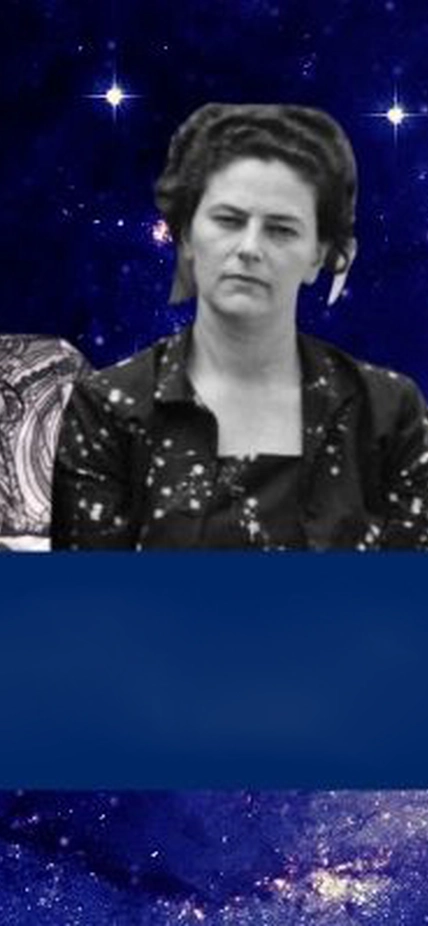It wasn’t that long ago that women had to fight for a spot on the team, a turn at a telescope, or even just to walk in the door. Today, the Earth and Planets Laboratory has 21 female scientists on campus including staff scientists, postdocs, and scientific support staff working to enhance our understanding of the world around us. A lot has changed since the first woman joined our campus, but there is still a lot of work to be done to promote diversity and equality on campus and across the sciences.
In this article, we highlight the work of three Earth and Planets Laboratory (previously Department of Terrestrial Magnetism and Geophysical Laboratory) scientists who paved the way.
1. Gabrielle Donnay
Gabrielle Donnay (pictured above) was the first woman to receive a Ph.D. in X-Ray crystallography (MIT, 1949). In 1950, she joined the Geophysical Laboratory as a Postdoctoral Fellow and five years later became GL's first female staff scientist. She stayed on at the Geophysical Lab for 20 years, where she contributed to the field of crystallography and geology in tandem with her husband. She was an internationally known expert on the structure and chemistry of crystals. The mineral gaidonnayite was named for her.
Donnay was an advocate for women's rights and was a proponent of equal chances for advancement for equally qualified men and women. She even published "Women in the Geological Science in Canada" to bring to light and correct injustices she saw as a woman scientist, which included unequal hiring practices and compensation.
2. Vera Rubin
Vera Rubin measuring spectra with the Department of Terrestrial Magnetism measuring engine.
In 1965, Vera Rubin joined the Department of Terrestrial Magnetism as the first woman staff scientist. That same year, she was the first woman allowed to observe at the Palomar Observatory where she notably added a skirt to the men’s bathroom sign to turn it into a gender-neutral facility. Sometimes called the "Mother of Dark Matter," she discovered the supporting evidence for the existence of dark matter by studying the rotation curves of galaxies. An asteroid, a ridge on Mars, and a U.S. observatory have since been named after her.
Rubin was a champion for women in science and a mentor and role model for future generations of astronomers. She pushed for more women to be included at the National Academy of Sciences and even helped to dismantle the men-only policy at the elite Cosmos Club.
Remembering Vera >>
Interview with Vera Rubin >>
3. Isabelle Lange

Isabelle Lange joined DTM as a “computer” in the fall of 1940, 25 years before the famed Vera Rubin joined as our first female staff scientist in 1965.
Dealing with large, complex data sets was nothing new to the 48-year old native of Albany, NY. Armed with only a high-school education and advanced coursework in accounting she had been hired by Carnegie’s Department of Meridian Astrometry at Dudley Observatory in 1910. She spent the next 30 years there processing and analyzing tens of thousands of star positions, becoming an expert in the use of mechanical calculating machines in the process.
At DTM Lange’s attention shifted to compiling and reducing vast quantities of geomagnetic and cosmic-ray data. During World War II she supervised a large number of (human!) computers engaged in national defense work. Lange co-authored multiple papers and research monographs in the 1940s and ‘50s with staff members Scott Forbush and E. H. Vestine.
Her two lead-authored papers in 1942 gave the first tantalizing hints of a connection between charged particles from the Sun and increased cosmic-ray intensity observed on Earth – a link made explicit by Forbush in 1946. Lange retired from DTM in 1957 and passed away in Washington, DC in 1963.
